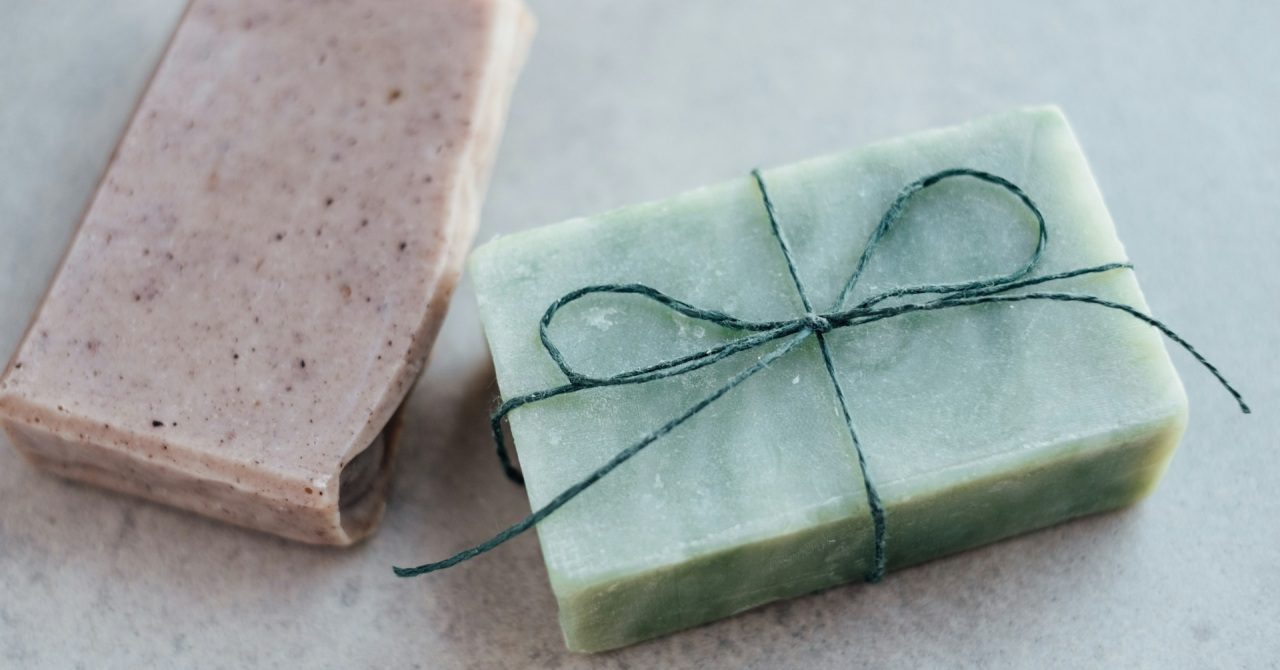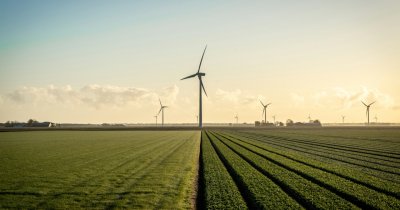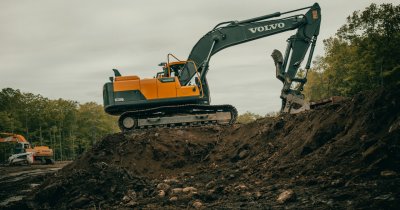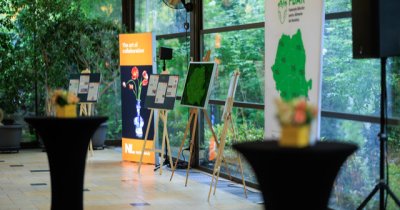Virginia Tech writes that, while completely different products with regards to the texture and use-case, plastics and soap are closely related thanks to the chemical structure of polyethylene, one of the world's most popular types of plastic. That molecular building block is very similar to that of a fatty acid used to manufacture one of the early variants of soap.
Guoliang “Greg” Liu, associate professor of chemistry in the Virginia Tech College of Science, had the curiosity to burn polyethylene in a controlled lab environment, seeking out the smoke-generating particles that result after the combustion of the material. He had the idea after analyzing the smoke coming from a wood-burning fireplace.
"Firewood is mostly made of polymers such as cellulose. The combustion of firewood breaks these polymers into short chains, and then into small gaseous molecules before full oxidation to carbon dioxide. If we similarly break down the synthetic polyethylene molecules but stop the process before they break all the way down to small gaseous molecules, then we should obtain short-chain, polyethylene-like molecules", Liu explained.
Following the experiment in a lab-developed controlled oven, which was able to capture the generated particles and prevent them from further breaking down, the researchers at Virginia Tech were able to add some more substances and create the world's first plastic-made soap.
Zhen Xu, lead author of the paper, said that "our research demonstrates a new route for plastic upcycling without using novel catalysts or complex procedures. In this work, we have shown the potential of a tandem strategy for plastic recycling."
Despite the fact that the researchers used polyethylene to make the upcycled soap, they suggest that the process can be used to work with other kinds of plastics, such as polypropylene. Furthermore, the scientists explained that the two plastic waste materials can be processed together, opening up the potential to sustainable waste-processing at large-scale.
Other recycling processes that enable the repurposing of polyethylene and polypropylene imply sorting the materials first, which is fairly difficult, due to the materials' similarity.
Before we run and start making soap out of all the plastic waste streams available, we must make sure first that it is economically viable to do so. Currently, soap is a much more expensive product than plastic, as one ton of soap or detergents costs about 3,550 USD, while one ton of plastic costs around 1,150 USD, while the demand is about equal for both products.
"It should be realized that plastic pollution is a global challenge rather than a problem of a few mainstream countries. I hope this can be a good start for the war fighting plastic pollution", Xu added.
 Mihai - Cristian Ioniță
Mihai - Cristian Ioniță












Any thoughts?